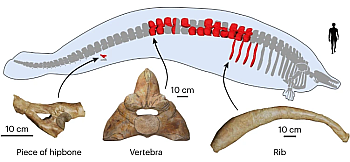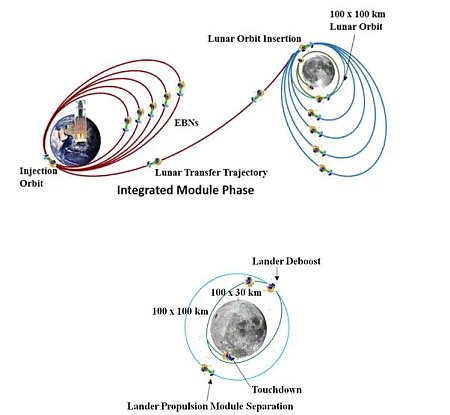August 2, 2023 Quick space links
Courtesy of BtB’s stringer Jay.
- The Nautilus Array, a proposed space telescope designed to be cheap, easy to launch, and conceived for launch on Starship
This project is still in its early concept stage, but it clearly wants to harness the capabilities that an operational Starship will provide.
- Video of a new Falcon 9 booster being readied for testing at SpaceX’s MacGregor facility
It is believed this booster will be the next Falcon Heavy core stage.
- Russia’s Luna-25 Moon lander integrated with its Fregat space tug
Launch is presently scheduled for August 11th on a Soyuz-2 rocket, lifting off from Vostochny.
- Luna-25’s mission profile
Based on this profile, the spacecraft will head to the Moon on its first orbit after launch, and get there only a few days later. This means it will be attempting its landing only days before India’s already launched Chandrayaan-3, which is targeting an August 23rd landing date.
Courtesy of BtB’s stringer Jay.
- The Nautilus Array, a proposed space telescope designed to be cheap, easy to launch, and conceived for launch on Starship
This project is still in its early concept stage, but it clearly wants to harness the capabilities that an operational Starship will provide.
- Video of a new Falcon 9 booster being readied for testing at SpaceX’s MacGregor facility
It is believed this booster will be the next Falcon Heavy core stage.
- Russia’s Luna-25 Moon lander integrated with its Fregat space tug
Launch is presently scheduled for August 11th on a Soyuz-2 rocket, lifting off from Vostochny.
- Luna-25’s mission profile
Based on this profile, the spacecraft will head to the Moon on its first orbit after launch, and get there only a few days later. This means it will be attempting its landing only days before India’s already launched Chandrayaan-3, which is targeting an August 23rd landing date.











